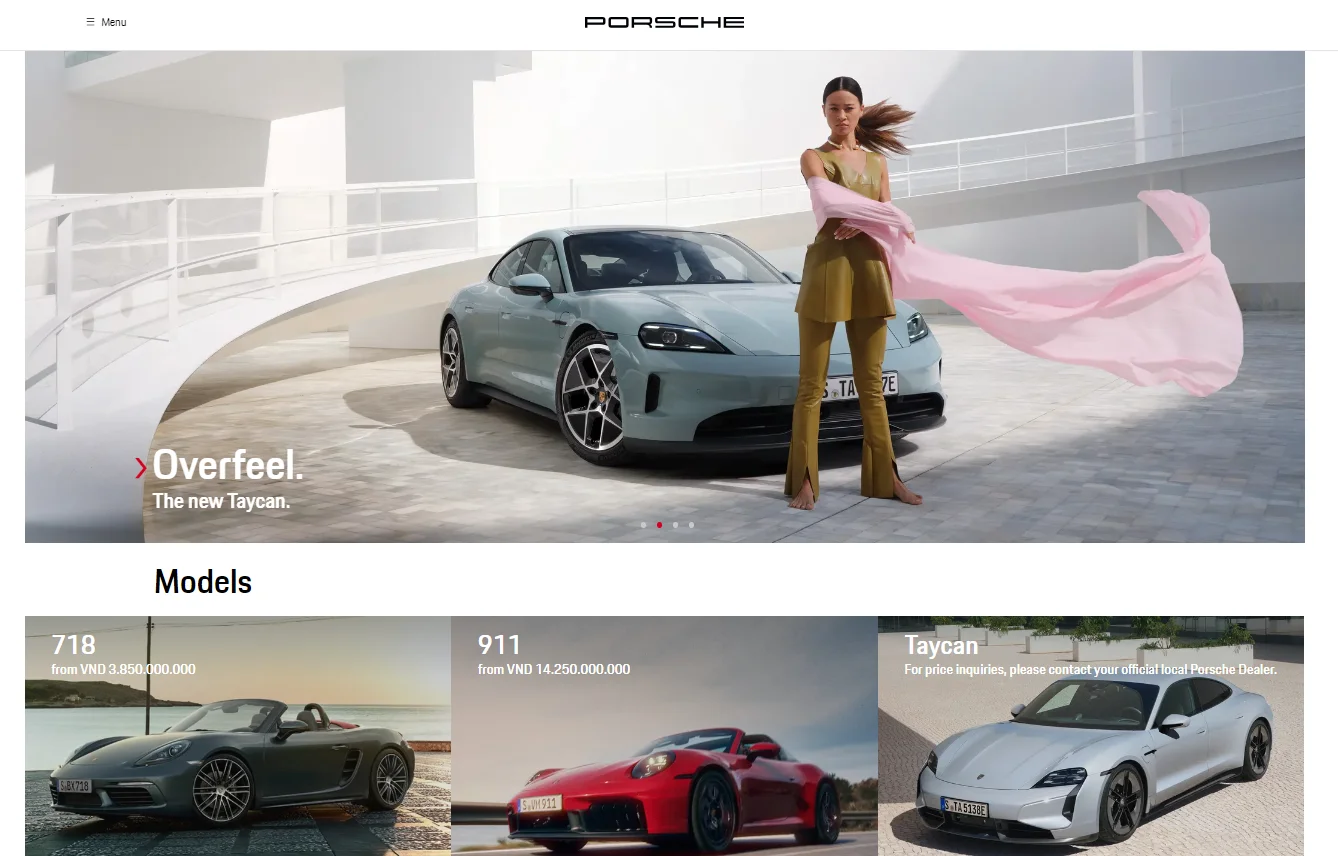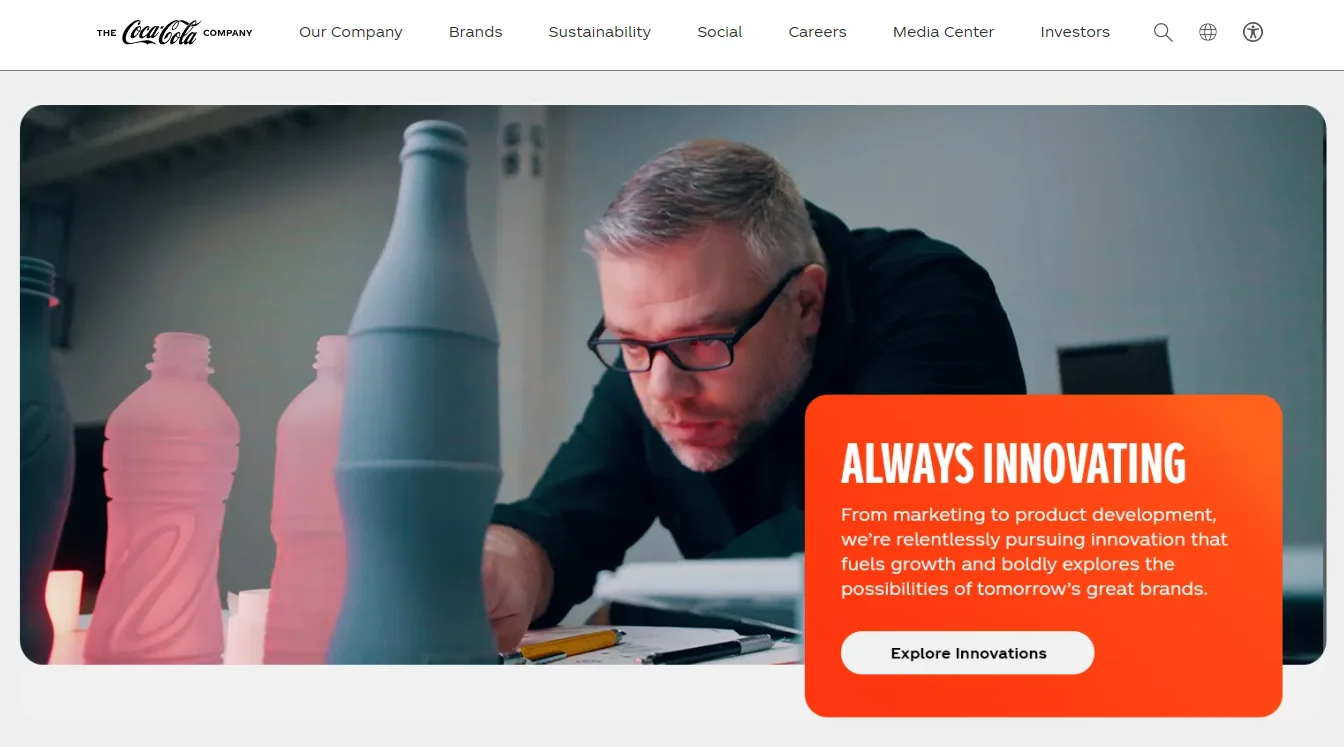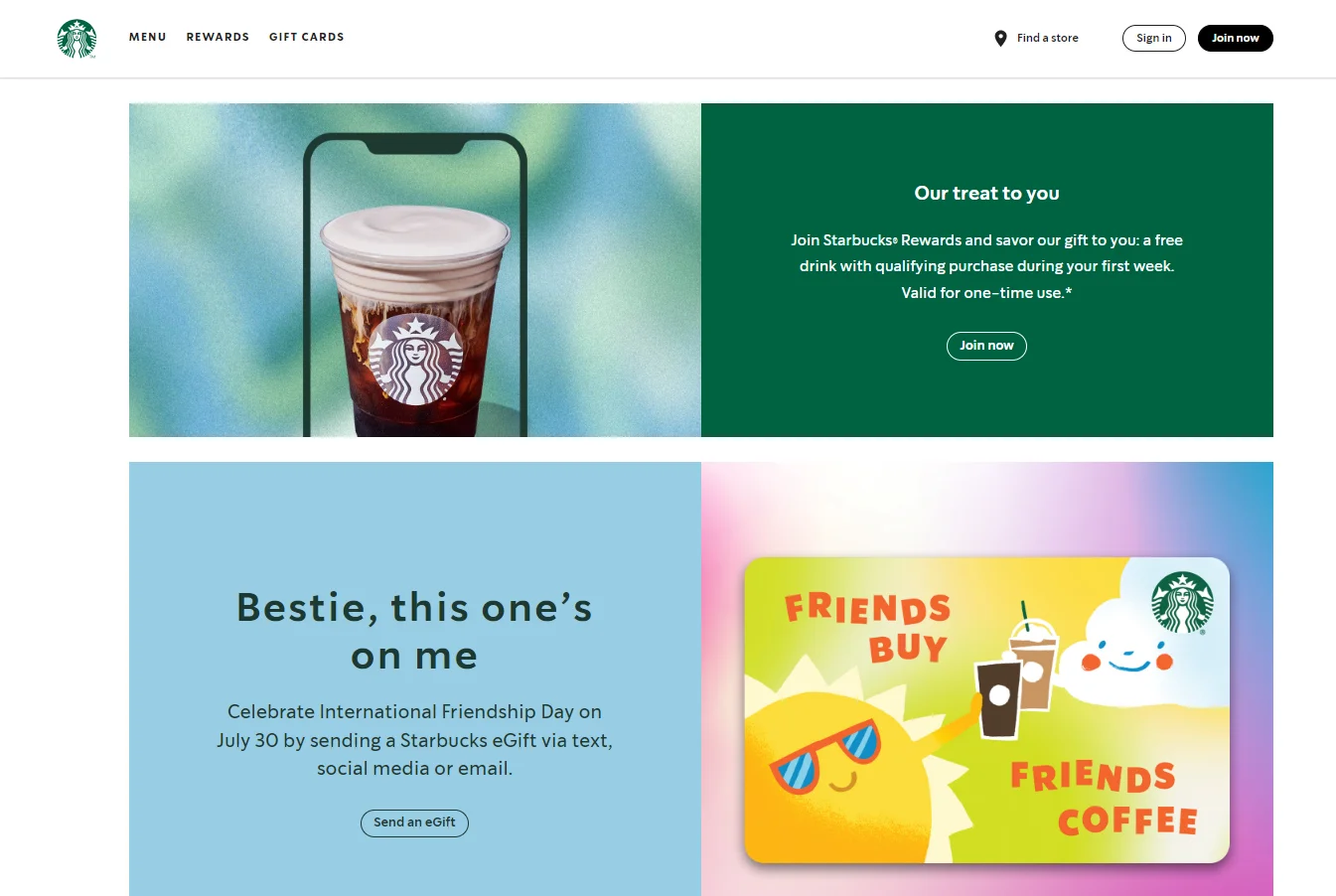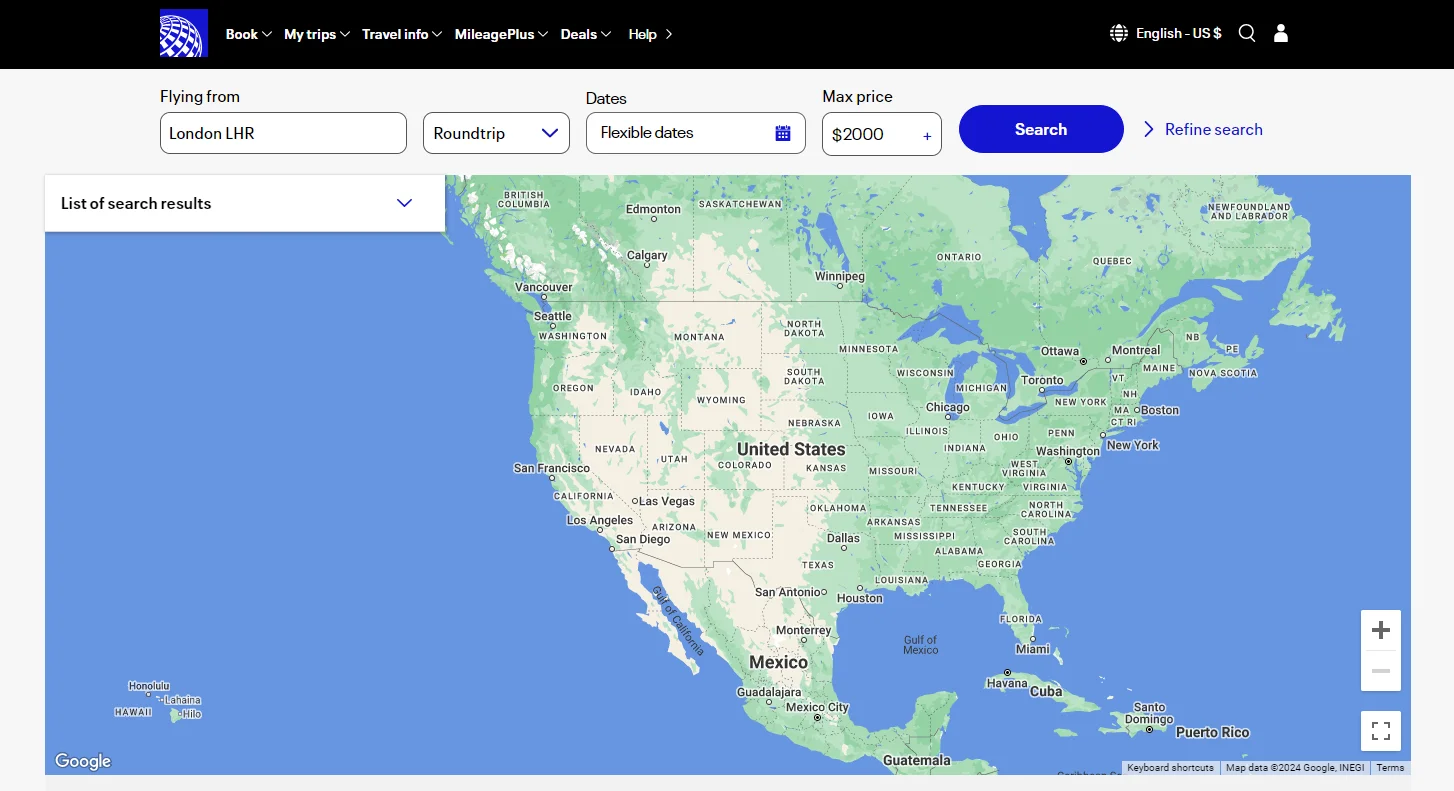What is Brand Equity? Examples & How to Build it?

The competitiveness of the market has changed customers’ behaviors and decisions to make a purchase. Businesses have been focusing more on brand equity rather than just on product quality. This has made brand equity one of each business’s most significant assets. Companies are trying to find the best strategies to build positive and powerful brand equity.
So What is Brand Equity? How important is it? Let’s dig into this below article and figure it out.
What Is Brand Equity?

Brand equity is a marketing term that shows the value of a brand. That value is identified by customer perception of and experience with the brand. The natural relationship between customers with the brand opens a predictable model:
- Awareness - Introduce the brand to its target customers - typically with advertising - in a way that makes it noticeable. Recognition - The brand becomes familiar to the audience and can be recognized in a store or elsewhere.
- Trial - Now they see the brand and understand what it is or stand for, they give it a try.
- Preference - When the brand provides a good experience to the customer, it becomes the preferred option.
- Loyalty - After a range of good brand experiences, consumers not only suggest it to others, it becomes the only one they will purchase and use in that category. They think much of it that any item within the brand benefits from its positive glow.
Basic Components of Brand Equity
Brand equity includes three basic components: consumer perception, negative or positive effects, and the resulting value. First, consumer perception, which consists of both knowledge and experience with a brand and its goods, improves brand equity. The perception that a customer group has about a brand directly leads to positive or negative effects. If the brand equity is positive, the company, its goods, and its financials can get benefits. If the brand equity is negative, the reverse is true.
Lastly, these effects can convert into tangible or intangible value. In case the effect is positive, tangible value is recognized as rises in revenue or profits, and intangible value is known as awareness or goodwill. When the effects are negative, the tangible or intangible value is negative too. For instance, if customers are willing to spend more for a generic item than for a branded one, the brand is claimed to have negative brand equity. It may occur if an organization has a signigicant product recall or triggers a widely publicized environmental disaster.
Importance of brand equity

Enhance the Brand’s Financial Performance
Brand equity substantially influences a company’s profitability. Brands with strong brand equity can offer higher prices for their products or services and boost their market share. Furthermore, these brands are more likely to succeed in launching new items and entering new markets.
Gain A Distinct Competitive Edge in The Market
As an invaluable intangible asset, brand equity makes a brand different in the marketplace. It prompts consumers to choose one product over another, even at a higher price or with similar features. This differentiation boosts market share, revenue, and profitability, emphasizing the importance of understanding your brand’s equity.
Enhance Brand Awareness
Brand equity enhances brand awareness, increasing consumers’ likelihood of choosing your brand over competitors. This is especially true when the brand’s perceived value is high.
Drive Customer Loyalty
Strong brand equity fosters customer loyalty. It encourages repeat purchases and boosts customer retention. Loyal customers are more likely to have positive associations with the brand and recommend it to others, increasing lifetime customer value.
Reduce the effects of negative events
Robust brand equity serves as a buffer against negative events. Brands with strong equity can better withstand challenges such as product recalls or negative publicity, minimizing long-term damage to their reputation and financial performance.
How to Build Brand Equity
Building strong brand equity is a complex process that requires careful planning and deployment. Here are 4 specific steps you should follow to build brand equity effectively.
Step 1. Create greater awareness

You need to ensure that your consumers realize your brand identity when searching for products and services and that they perceive it in the way you intend. There are some ways to do this:
- Using the same logo or photo to make sure your branding is consistent
- Good customer service
- A heartening story behind the brand
- Maintaining the brand in front of your market
- Offering ongoing value
- Staying in touch through email or newsletters
- Connect social media and share - blogs, tweets, Facebook groups, and Instagram pictures.
Step 2. Communicate brand meaning and what it stands for
There are two things to keep in mind: how well your product satisfies consumer requirements and its social and psychological aspects. A company that manufactures a useful item, and takes social or environmental responsibility will appeal to consumers and employees who share those values.
For instance, IKEA has spent money on sustainability throughout its operation: 50% of its wood is from endurable sources, 100% of its cotton as Better Cotton Standard, and 700,00 solar panels provide power to its stores.
Step 3. Foster positive customer feelings and judgments
Consumers tend to become loyal consumers and pass the word on when they have a warm feeling towards your item. There are judgments about a brand’s credibility, quality, relevance to demand, and superiority over the competition. Hence, it’s critical to keep the integrity of all of these. Positive feelings would be self-respect, trust, fun, security, and excitement.
Step 4. Create a strong bond of loyalty with your consumers

This is effective but the most challenging aspect of brand equity to obtain and maintain. Consumers have set a psychological bond and feel connected to your brand and make any purchases. They might feel part of a community with fellow customers and act as your brand ambassadors by joining social media conversations on Facebook, Instagram, and Twitter. Reward people who engage with your community by doing things like getting them more Instagram followers. Brand equity connection bordering on customer evangelism is essential.
How to Measure Brand Equity?

Here are three main brand equity drivers that you should keep track of financial, strength, and consumer metrics:
-
Financial metrics: The C-suite will always expect a positive balance sheet to claim that the brand is profitable. You might extrapolate from the data market share, cost, price, revenue and development rate to retain consumers, cost to obtain new clients, and branding investment. You can take advantage of reliable financial metrics data to prove how significant your brand is to the business and ensure marketing budgets to keep developing.
-
Strength metrics: Strong brands tend to survive despite change and bring in more brand equity, so it’s crucial that you measure its strength. You’ll necessarily need to keep track of awareness and knowledge of the brand, accessibility, consumer loyalty, and retention, licensing potential, and brand “buzz.” Similarly, surveys that utilize open-text questions and social media supervising will bring you a picture of how your brand is heard and loved (or not).
-
Consumer metrics: Companies don’t grow brands; consumers do. Therefore, it’s significant that you monitor customer buying behavior and sentiment towards your brand. Monitor and measure brand relevance, emotional connection, value, and brand perception via surveys and social media tracking. The right text analytics software that can illustrate open text comments is especially helpful in collecting sentiment and suggestions.
How to Maintain Brand Equity
Maintaining brand equity involves several key strategies aimed at ensuring quality, engaging customers, and staying relevant in a competitive market:
- Trend Monitoring: Continuously monitoring market trends and customer needs to adapt branding strategies and remain competitive.
- Storytelling: Using storytelling to emotionally connect with customers, fostering loyalty and a strong relationship.
- Quality Delivery: Ensuring products or services meet or exceed customer expectations to build and maintain a positive reputation, leading to satisfaction, loyalty, and referrals.
- Consistency: Maintaining consistency across messaging, logos, colors, and branding to establish a recognizable and trustworthy brand identity.
- Customer Engagement: Interacting with customers through social media, surveys, or events to build a sense of community and belonging, positively impacting brand equity.
- SEO Strategy: Implementing a strong SEO strategy to improve online visibility and make it easier for potential customers to find products or services, boosting brand awareness and recognition.
- Influencer Marketing: Collaborating with influencers to expand reach and increase brand awareness, thereby enhancing brand equity.
- Customer Service: Providing exceptional customer service to build strong relationships and foster loyalty, ultimately improving brand equity.
- Customer Reviews and Testimonials: Leveraging positive customer feedback to enhance credibility and trustworthiness, ultimately improving brand image and equity.
- Unique Selling Proposition (USP): Creating a unique value proposition to differentiate the brand from competitors and increase loyalty and equity.
Typical Examples of Brand Equity
Positive examples
Porsche

Porsche is a prominent brand in the automotive sector. It maintains its image and reliability by using high-quality, distinctive materials in its products. Regarded as a luxury brand, Porsche not only delivers top-notch cars to its owners but also creates memorable experiences.
In 2023, Porsche assured its position as the world’s most valuable luxury brand with a brand value of $36.8 billion according to the Brand Finance Luxury & Premium 50 index. Additionally, in the U.S., Porsche ranked first among premium car brands in the 2023 U.S. Automotive Brand Loyalty Study by J.D. Power.
Coca-Cola

Coca-Cola is one of the most recognizable brands globally. Brand equity is built over decades through successful marketing campaigns and product innovations. The brand is strongly associated with happiness, refreshment, and Americana, and its items are sold in more than 200 countries around the world. Therefore, Coca-Cola’s brand equity helps the company retain its position as the leading soft drink manufacturer in the world.
Starbucks

In 2023, Fortune magazine recognized Starbucks as one of the world’s most admired companies. It is highly regarded for its commitment to social responsibility. The company distinguishes itself through high-quality, premium-priced coffees and handcrafted beverages. The taste of its coffee and the ambiance of its stores significantly contribute to its brand equity.
With 38,038 stores globally, Starbucks remains the top roaster and retailer of specialty coffees and Arabica coffee beans. Starbucks’s commitment to ethical sourcing and community impact strengthens its reputation and fosters loyal customers.
Negative examples

In 2017, United Airlines faced a significant public relations crisis after they forcefully took a passenger off an overbooked flight. The incident, captured on video, rapidly went viral. It elicited widespread condemnation of the airline. This event severely tarnished United Airlines’ brand equity, with many consumers pledging never to fly with the airline again. This scenario underscores the vital importance of customer service in preserving a positive brand image.
Equifax
Equifax, which is a credit reporting agency, suffered a major data breach that exposed the personal information of millions of consumers. This incident significantly deteriorated the company’s brand equity, as consumers lost trust in Equifax’s ability to safeguard their sensitive data. The breach also led to substantial financial losses, including legal expenses and the implementation of enhanced security measures.
Summary
We’ve taken you through all the necessary information you need to know about Brand Equity and how to build it. The more positive your brand equity, the more successful your business or company becomes.
If you have any questions about brand equity, please drop a line in the comment section. We’re glad to answer them





![Top 20+ Must-have Shopify Apps for 2025 [Free & Paid] - Mageplaza](https://cdn2.mageplaza.com/media/blog/must-have-shopify-apps/top-must-have-shopify-apps.png)
![[2025 Updates] Top 10+ Upsell Apps for Shopify - Mageplaza](https://cdn2.mageplaza.com/media/blog/best-upsell-shopify-app/cover.png)